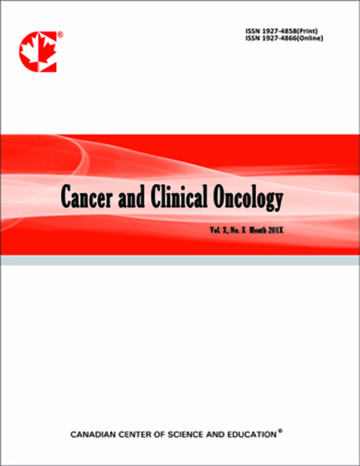Patterns of Lymph Node Recurrence in Colorectal Cancer Liver Metastases after Surgery: A Retrospective Longitudinal Study
- Tuck Leong Yong
- Nezor Houli
- Graham Starkey
- Mehrdad Nikfarjam
- Robert Jones
- Michael Fink
- V. Muralidharan
- Marcos Perini
- Chris Christophi
Abstract
Background: Hepatic resection is the standard treatment for resectable colorectal cancer liver metastases. There is evidence that lymphatics play a role in disease recurrence post-surgery. The aim of this retrospective study is to assess patterns of lymph node recurrence after liver resection.
Methods: Patients who had liver resection for colorectal cancer metastasis between 1 January 2010 and 31 December 2015 at 2 institutions in Melbourne, Australia were included. Data was collected from databases located at the 2 surgical centres.
Results: Seventy-four patients were included in the study. Follow-up period was for a mean of 31.4 months. Lymph node recurrence was seen in 39.2% of patients during follow-up. Initial recurrence sites after hepatectomy was mainly in visceral-site only. Lymph node recurrences became more prominent during subsequent Recurrence Stages (RS) (RS1 – 22.4%, RS2 – 50.0%, RS3 – 50.0%, RS4 – 71.4%, RS5 – 66.7%, and RS6 – 0%). No predictive factor showed statistically significant relation to development of nodal recurrence.
Conclusion: Lymph node recurrences after hepatic resection for liver metastases usually occur subsequent to a visceral-site only metastasis. There is no predictive factor as to which nodal group would be involved due to the complexity of liver lymphatic drainage.
- Full Text:
 PDF
PDF
- DOI:10.5539/cco.v6n2p35
Journal Metrics
Google-based Impact Factor (2018): 3.94
h-index (August 2018): 8
i10-index (August 2018): 6
h5-index (August 2018): N/A
h5-median(August 2018): N/A
(The data was calculated based on Google Scholar Citations. Click Here to Learn More. )
Index
Contact
- Lexie GreyEditorial Assistant
- cco@ccsenet.org
